Exploring Practical Options To Lower Your Construction Fleet's Carbon Footprint


Exploring Practical Options To Lower Your Construction Fleet's Carbon Footprint
In the construction industry, where power, resiliency, and efficiency are paramount, embracing sustainability might seem like an uphill battle. And although manufacturers and media are very vocal about low-emission and net-zero options, available vehicles don’t always match what’s being touted.
Yes, the net-zero landscape is shifting, and sustainable vehicle options are increasingly becoming a viable and attractive choice for forward-thinking construction companies, but not in every use case or not always on an every-day basis. While a complete transition to a zero-emission fleet may not become a reality for all fleets, there are practical steps you can take today to begin reducing your carbon footprint.
Understanding the Impact of Greenhouse Gas Emissions
Greenhouse gas emissions from the transportation sector, such as carbon dioxide (CO2), methane (CH4), and nitrous oxide (N2O), are responsible for approximately 28% of total U.S. greenhouse gas emissions. Understanding this impact is crucial for any construction company aiming to reduce its carbon footprint and contribute to a more sustainable future.
Assessing Your Fleet’s Carbon Footprint
Assessing your fleet’s carbon footprint is a critical first step in your journey to reduce greenhouse gas emissions. To get started, you’ll need to calculate the total amount of CO2 emissions produced by your fleet. Fortunately, online tools, such as the EPA’s Greenhouse Gas Equivalencies Calculator, can help you estimate your fleet’s carbon footprint. By clearly understanding your fleet’s emissions, you can pinpoint which vehicles and operations are the most logical choice for targeted strategies to reduce emissions effectively.
Net-Zero Vehicles for Every Construction Need?
We would love to think there is a practical net-zero option for every construction use case. Unfortunately, that’s just not accurate, at least not yet. Perhaps someday, but for now, let’s take a look at some of the most common vehicles used in construction and see what kind of options are actually available to the average construction company.
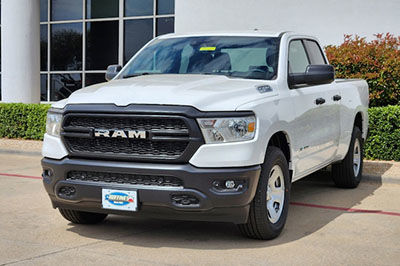 Pickup trucks: Construction workers and contractors favor commercial pickup trucks for transporting tools, equipment, and materials to job sites. Their payload and towing capacities are beneficial for hauling heavy loads.
Pickup trucks: Construction workers and contractors favor commercial pickup trucks for transporting tools, equipment, and materials to job sites. Their payload and towing capacities are beneficial for hauling heavy loads.
The fact that there are offerings for alternative fuel trucks available from several OEMs is encouraging for organizations looking to reduce their carbon footprint.
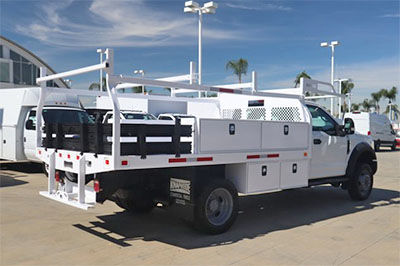 Contractor trucks: A contractor truck, is a commercial vehicle designed to meet the specific needs of contractors, such as builders, electricians and plumbers. Tools are stored securely and easily accessible. An overhead material rack holds long materials like pipes and lumber. The extended cargo area can store large equipment and materials.
Contractor trucks: A contractor truck, is a commercial vehicle designed to meet the specific needs of contractors, such as builders, electricians and plumbers. Tools are stored securely and easily accessible. An overhead material rack holds long materials like pipes and lumber. The extended cargo area can store large equipment and materials.
Unfortunately, the field of available options narrows down when filtered for alt-fuel drivetrains.
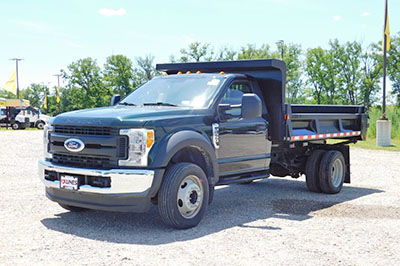 Dump trucks: Dump trucks are used for construction to transport loose material (such as sand, gravel, or demolition waste). With powered tipping beds and chassis designed for heavy loads, dump trucks are a big step up from pickups when you need a little more.
Dump trucks: Dump trucks are used for construction to transport loose material (such as sand, gravel, or demolition waste). With powered tipping beds and chassis designed for heavy loads, dump trucks are a big step up from pickups when you need a little more.
Alt-fuel Dump trucks are also limited today.
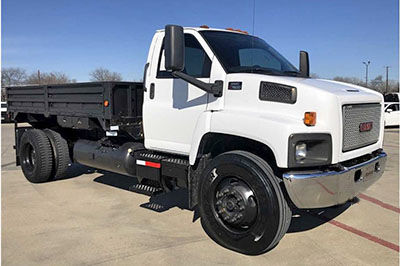 Flatbed/Stakebed trucks: Flatbed/Stakebed trucks are ideal for carrying heavy and odd-shaped items as they have a flat, open space to put them into. You can load and unload things easily from multiple sides, and they can be customized to fit different needs, making them versatile for various jobs.
Flatbed/Stakebed trucks: Flatbed/Stakebed trucks are ideal for carrying heavy and odd-shaped items as they have a flat, open space to put them into. You can load and unload things easily from multiple sides, and they can be customized to fit different needs, making them versatile for various jobs.
But again, when filtered for alt-fuel, availability is extremely limited in today’s world.
Alt-Fuel Construction Vehicles: Manufactured VS. Available For Sale
Just because an OEM manufactures a net-zero vehicle does not necessarily mean you can go out and buy one tomorrow. Various factors such as supply chain limits, production capacity, dealer allocations, etc. have an impact on which, and how many, vehicles make it onto the open marketplace where most construction companies can shop.
Here are some examples of alt-fuel construction vehicles that are manufactured but not readily available for purchase:
- Workhorse offers the W4 CC in flat/stake and dump bed configurations.
- Bollinger B4 and B5: The Bollinger B4/B5 is a medium-duty electric truck platform that is not yet in production and is scheduled to begin production in September 2024.
- International eMV Series: The International eMV Series is a line of medium-duty electric trucks that is currently in production.
While the availability of alt-fuel construction vehicles is limited, it is important to note that this is a rapidly changing market. New alt-fuel vehicles are being introduced all the time, and production capacity is increasing. As a result, it is likely that more alt-fuel construction vehicles will become available for purchase in the near future.
Sensible Steps To A Cleaner Construction Fleet
It should be obvious by now that a quick transition to a fully net-zero fleet is challenging at present. The limited availability of appropriate vehicles makes a full-scale switch virtually impossible for many businesses at present. But you can certainly take steps in the right direction by training operators in smooth acceleration and deceleration, minimizing idle time, and staying on top of proper tire inflation. You can also make low-emission improvements with equipment like electric or propane forklifts, electric PTOs, and any area where the process depends on gas or diesel. And then by investing in low-emission alternatives when and where they are available.
For instance, net-zero medium and heavy-duty rigs may not always be readily available, but when it comes time to replace commercial trucks in your fleet, consider replacing your gas and diesel units with electric or propane counterparts.
Conclusion
While a complete transition to a zero-emission construction fleet might still be a ways out on the horizon, by taking practical steps today, you can reduce your carbon footprint, enhance your brand image, and improve your bottom line. Just make sure to do your research.
There are a variety of alternative fuel vehicles and equipment available, so it is important to do your due diligence in finding the right vehicle for each use case and comparing the TCO with traditional vehicles. You can also learn a lot about alt-fuel vehicles by talking to commercial dealers.
SHOP ADVANCED FUEL VEHICLES NOW
Return to NuPropel page for more articles all about advanced fuels and zero emissions vehicles.
UPDATED ON: DECEMBER 13, 2024
Published on: September 17, 2024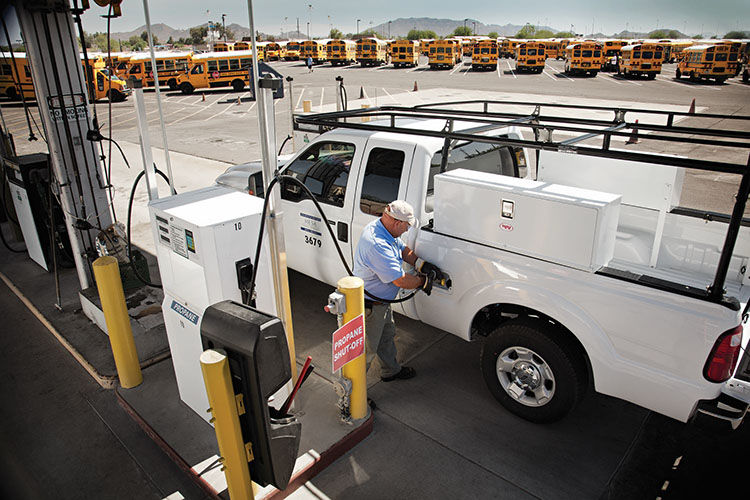 The Cost Benefits of Propane Autogas for Commercial Fleets
The Cost Benefits of Propane Autogas for Commercial Fleets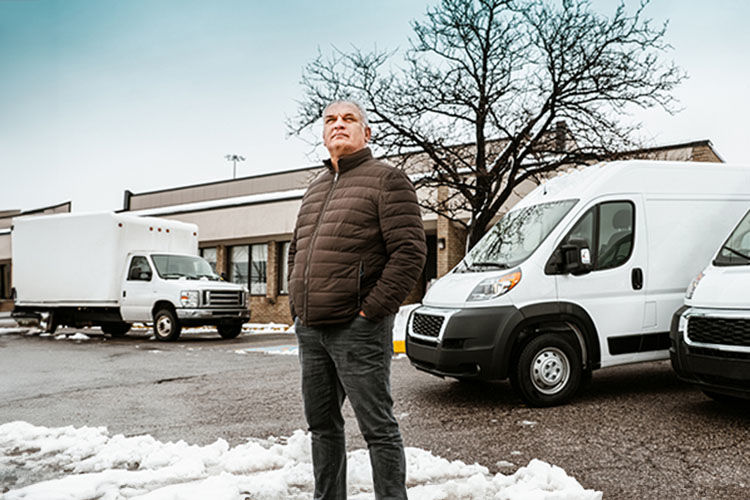 Winterizing Commercial Vehicles: Don't Get Caught Out in the Cold!
Winterizing Commercial Vehicles: Don't Get Caught Out in the Cold!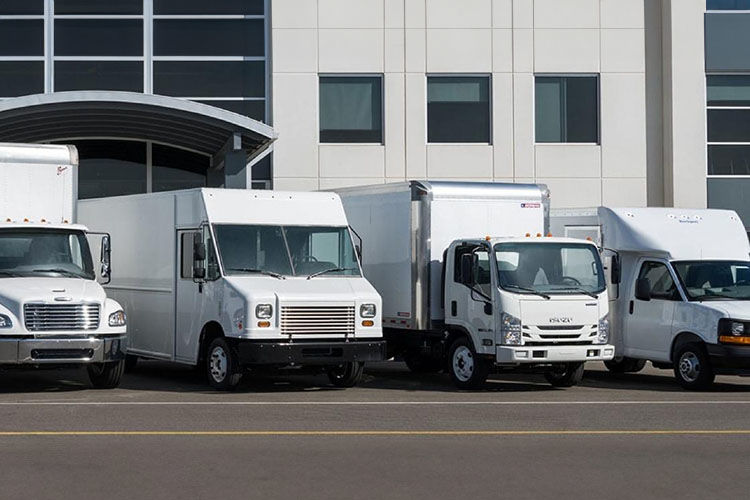 Navigating Your Options: Key Tips For Choosing The Right Commercial Vehicle
Navigating Your Options: Key Tips For Choosing The Right Commercial Vehicle Routeway 360 and Comvoy Launch Portal so Independent Distributors Can Find Suitable Work Trucks
Routeway 360 and Comvoy Launch Portal so Independent Distributors Can Find Suitable Work Trucks Easing Into a Zero-Emission Commercial Vehicle Fleet: How One Hydrogen Truck Can Start a Revolution
Easing Into a Zero-Emission Commercial Vehicle Fleet: How One Hydrogen Truck Can Start a Revolution






